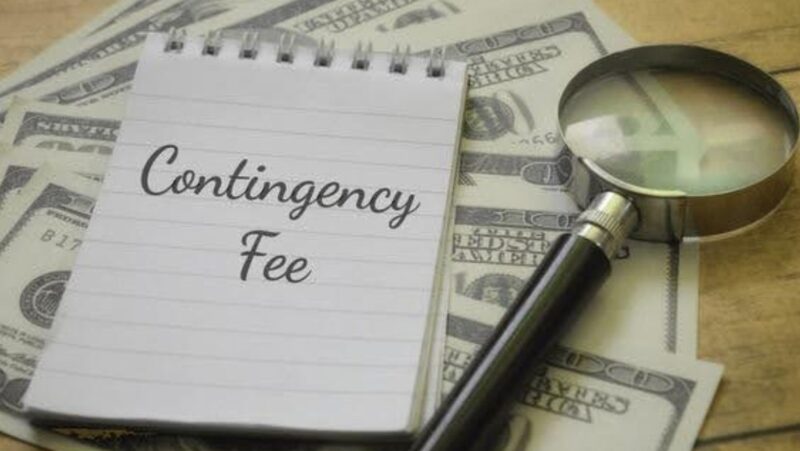
Retirement. Just saying the word can stir up a mix of emotions. Excitement, apprehension, maybe even a little fear. After all, the way you plan for retirement now could mean the difference between a life of relaxation and one filled with financial stress. But here’s the good news: it’s never too late (or too early!) to start shaping your golden years into something you’ve always dreamed of. So, let’s dive into how you can turn your retirement dreams into a solid reality.
Why Start Planning Early?
You’ve probably heard the saying, “The best time to plant a tree was 20 years ago. The second-best time is now.” The same goes for retirement planning. The earlier you start, the better off you’ll be. Why? It’s all about compounding, letting your money grow on itself over time. For instance, if you invest just $200 a month starting at age 25 and earn an average annual return of 7%, you could accumulate approximately $480,000 by age 65. If you start at 35, that total drops to around $240,000, and starting at 45 leaves you with only about $100,000. That’s the magic of time. But what if you’re not in your twenties anymore? No worries. Starting today still puts you miles ahead of waiting another year or two. Every little bit you save now will pay off later. Think of it as giving your future self a gift, one they’ll thank you for.
What Are Your Retirement Options?
When it comes to saving for retirement, it’s easy to get overwhelmed by all the jargon. 401(k), IRA, Roth IRA… what does it all mean? Let’s break it down. A 401(k) is a retirement account offered through your employer. It’s convenient because contributions are automatically deducted from your paycheck, and many employers will match a percentage of what you put in. Free money? Yes, please! Then there’s the IRA (Individual Retirement Account), which is great if your employer doesn’t offer a 401(k) or if you want to supplement your savings. Roth IRAs are another fantastic option, allowing your money to grow tax-free. And here’s a pro tip: if you’ve switched jobs and have multiple retirement accounts floating around, consolidating them into one can make life so much easier. This is where a 401k rollover becomes invaluable, allowing you to consolidate your old 401(k) into an IRA, streamline your retirement savings, reduce fees, and access a wider range of investment options.
Making the Most of Contributions
Here’s a fun question: Are you leaving money on the table? If your employer offers a matching contribution for your 401(k), make sure you’re contributing enough to get the full match. For example, if your employer matches 50% of your contributions up to 6% of your salary and you earn $60,000 a year, that’s an extra $1,800 added to your account annually, essentially free money! But even beyond the match, maxing out your contributions can have a huge impact. For 2024, the contribution limit for a 401(k) is $22,500 if you’re under 50, with an extra $7,500 allowed if you’re older. Think about this: every dollar you put away now is a dollar you won’t have to scramble for later.

For those nearing retirement, catch-up contributions are a lifesaver. They let you turbocharge your savings during those critical final years. It’s like having a booster rocket for your retirement plan.
Crafting Your Personal Retirement Plan
Retirement planning isn’t one-size-fits-all. It’s about tailoring a strategy that works for you and your unique goals. First, consider your future expenses. What kind of lifestyle do you envision? Will you be traveling the world or enjoying quiet days at home? Each dream comes with a price tag, so estimating these costs is crucial. Unexpected expenses, like healthcare, are another thing to plan for. Did you know that medical costs are one of the biggest expenses retirees face? Factoring in a health savings account (HSA) or supplemental insurance can help ease the burden. And don’t forget about inflation. What costs today might cost .50 or more in the future. Keeping this in mind while planning ensures your money stretches as far as you need it to.
Investing Smart for Retirement
It’s tempting to play it safe with your investments, especially as you get closer to retirement. But there’s a balance to strike. Diversification is key, spreading your money across stocks, bonds, and other assets to minimize risk while maximizing potential growth. For younger savers, leaning into stocks can offer higher returns over time. As you age, shifting toward bonds and other stable investments can protect your savings from market volatility. But don’t let fear dictate your decisions. Working with a financial advisor or using tools to monitor your portfolio can help you stay on track.
And remember, it’s not about chasing trends. Investing is a long game. Stay patient, stay consistent, and let time do its thing.
Getting Professional Help
Feeling overwhelmed? You’re not alone. That’s where professional guidance comes in. A financial advisor can help you navigate the complexities of retirement planning, from choosing the right accounts to creating a strategy that aligns with your goals There are many resources accessible online to help you get started. Budgeting applications, retirement calculators, and financial literacy seminars are all excellent ways to gain clarity and confidence.
Wrapping It Up: Dreams Within Reach
So, what’s the verdict, retirement dreams or nightmares? The answer lies in the steps you take today. By planning early, understanding your options, and maximizing your contributions, you’re setting yourself up for success. Investing smart and seeking professional help are the icing on the cake. Your golden years don’t have to be a source of stress. With a little effort and a lot of consistency, you can build a future that’s not just secure but truly fulfilling. Now’s the time to act. Your future self will thank you.








